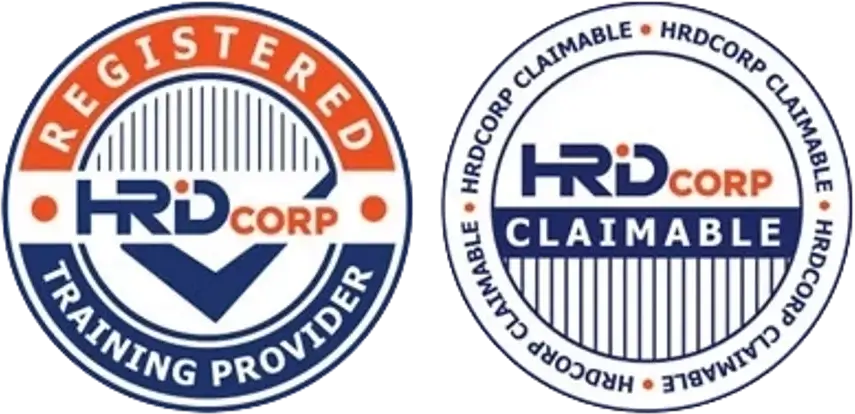What Should You Include in a GMP-Compliant Equipment Logbook?
In GMP-regulated environments, accurate equipment logbooks are not optional—they’re mandatory. Whether you’re in food manufacturing, pharmaceuticals, cosmetics, or medical device production, your equipment logbook is a critical part of your GMP documentation system.
So, what exactly should a GMP-compliant equipment logbook contain?
Let’s break it down clearly and practically.
📘 Why Equipment Logbooks Matter in GMP
-
Ensure traceability of maintenance, cleaning, and usage.
-
Demonstrate regulatory compliance during audits.
-
Help identify equipment-related root causes during investigations.
-
Support preventive maintenance planning.
-
Show that equipment is suitable, clean, and ready for use.
✅ Key Sections to Include in a GMP-Compliant Equipment
A well-maintained logbook should include the following:
1. Basic Equipment Information
-
Equipment name
-
Equipment ID or tag number
-
Manufacturer & model
-
Location of equipment
-
Serial number (if applicable)
2. Daily or Per-Use Records
-
Operator’s name and signature
-
Date and time of use
-
Batch or product code processed
-
Start and stop times
-
Any unusual observations during operation
3. Cleaning Records
-
Date and time of cleaning
-
Name/signature of personnel who performed cleaning
-
Type of cleaning performed (e.g., routine, deep clean, allergen changeover)
-
Cleaning agents used
-
Verification/approval by QA or supervisor
4. Maintenance Records
-
Preventive maintenance schedule and activities
-
Breakdown or repair details (date, time, issue, action taken)
-
Spare parts replaced
-
Name/signature of technician
-
Post-maintenance requalification (if required)
5. Calibration Records
-
Calibration dates
-
Calibration results/status (pass/fail)
-
Calibrated by (name/signature)
-
Certificate or reference number
-
Next due date for calibration
6. Changeover Documentation (if applicable)
-
Type of changeover (e.g., allergen, product, batch)
-
Cleaning/verification between changeovers
-
Inspection sign-off
7. Status Indicators
-
Current equipment status (e.g., In Use, Idle, Under Maintenance)
-
Use status tags or log sheet columns to show readiness
8. Deviation or Incident Logs
-
Any deviation, malfunction, or abnormal observation
-
Action taken
-
Reported to whom
-
Linked to CAPA or deviation report, if applicable
✍️ Logbook Best Practices for GMP Compliance
-
Use bound logbooks with pre-numbered pages (no loose sheets).
-
Record entries in ink (no pencils).
-
Never leave blank lines or spaces.
-
If a correction is needed, use single-line strike-through, not erasure.
-
Ensure all entries are dated and signed by authorized personnel.
-
Store logbooks in a clean, accessible, and secure area.
❗ Common Audit Findings Related to Logbooks
-
❌ Missing signatures or illegible handwriting
-
❌ Unrecorded cleaning or maintenance events
-
❌ Use of correction tape or liquid paper
-
❌ Incomplete or backdated entries
-
❌ Use of generic forms without equipment-specific details
📈 Final Thoughts
An equipment logbook isn’t just another form—it’s a legal record and a quality assurance tool. By documenting cleaning, usage, maintenance, and calibration properly, you’re not only staying GMP-compliant—you’re protecting your product, your brand, and your customers.
Need help designing GMP-compliant logbooks for your factory?
At CAYS Scientific, we provide custom logbook templates, training, and audit support to help manufacturers across Malaysia meet industry standards. Contact us today to get compliant and audit-ready.




